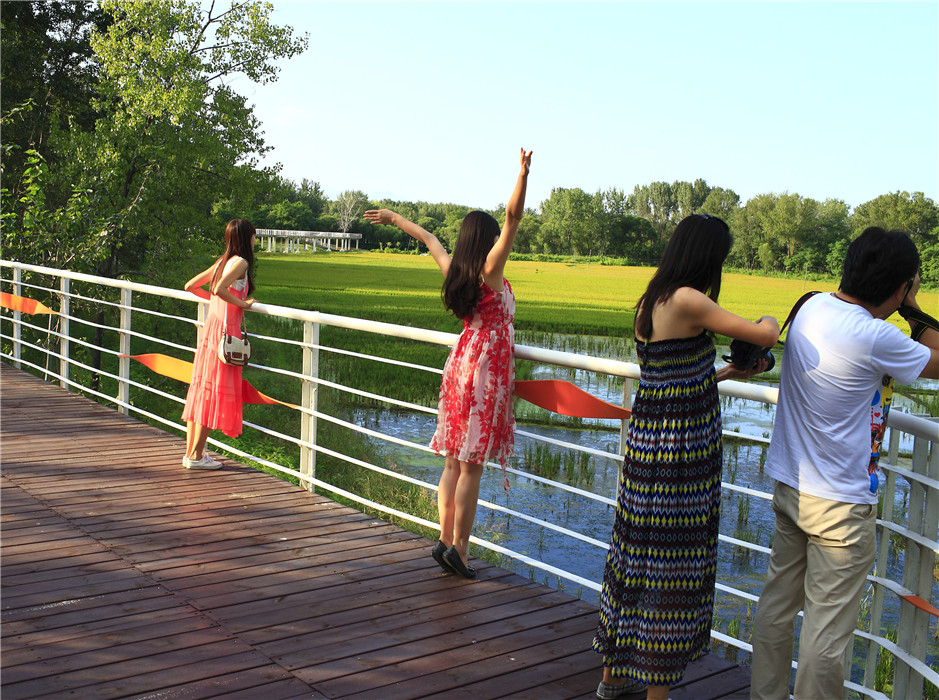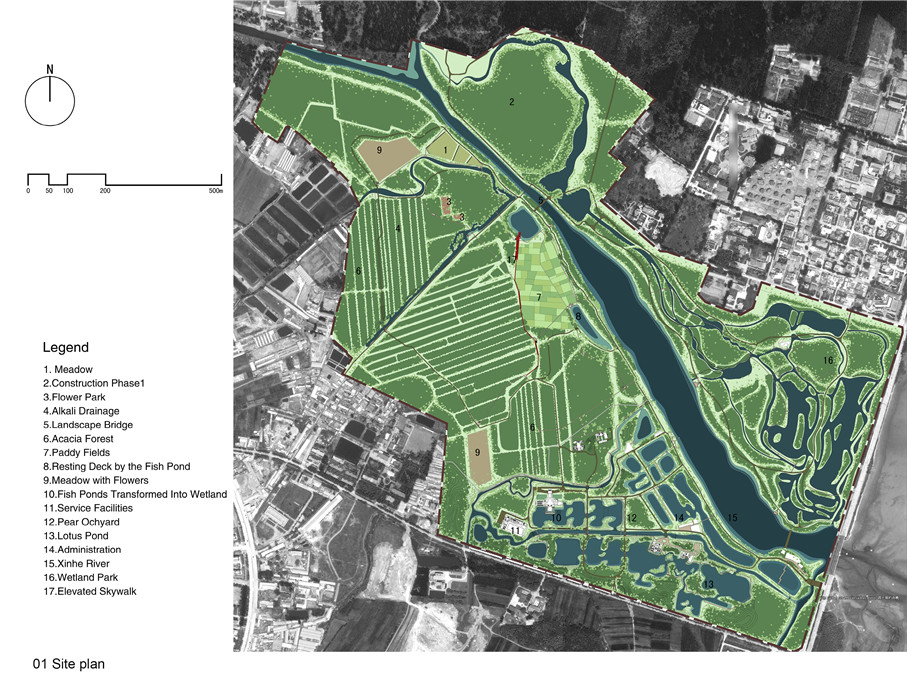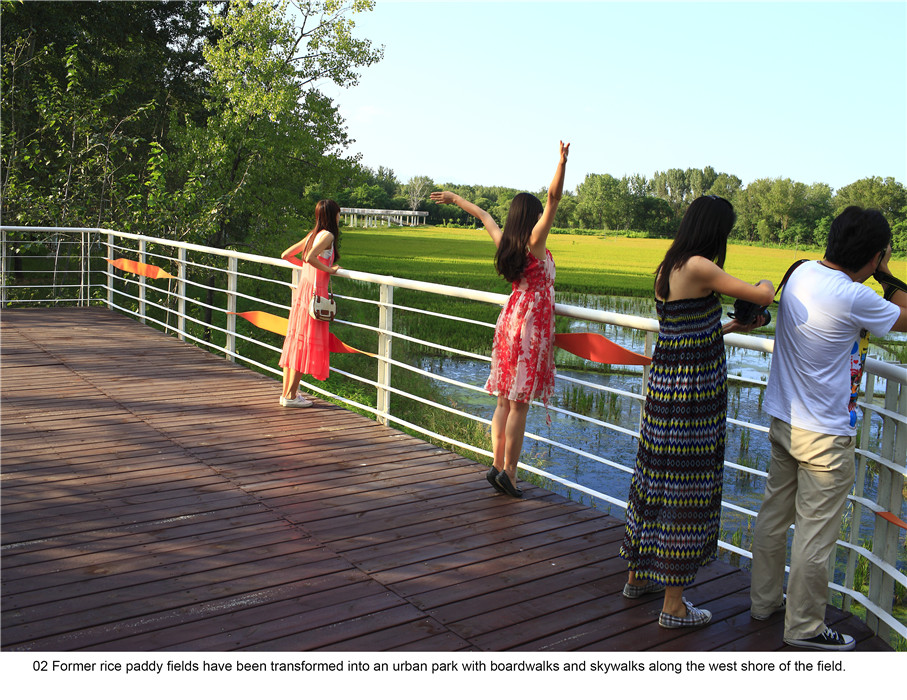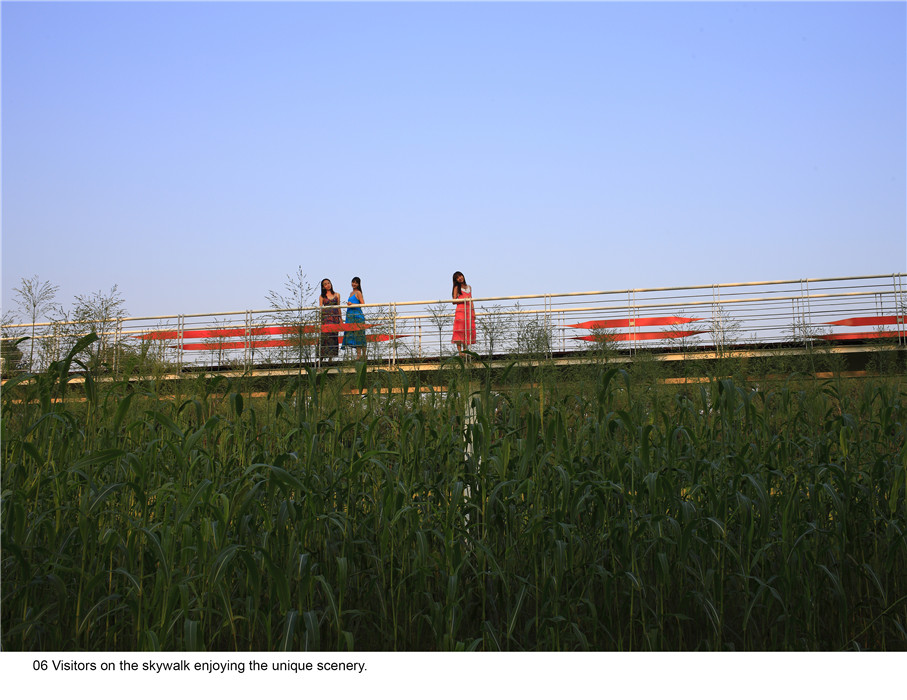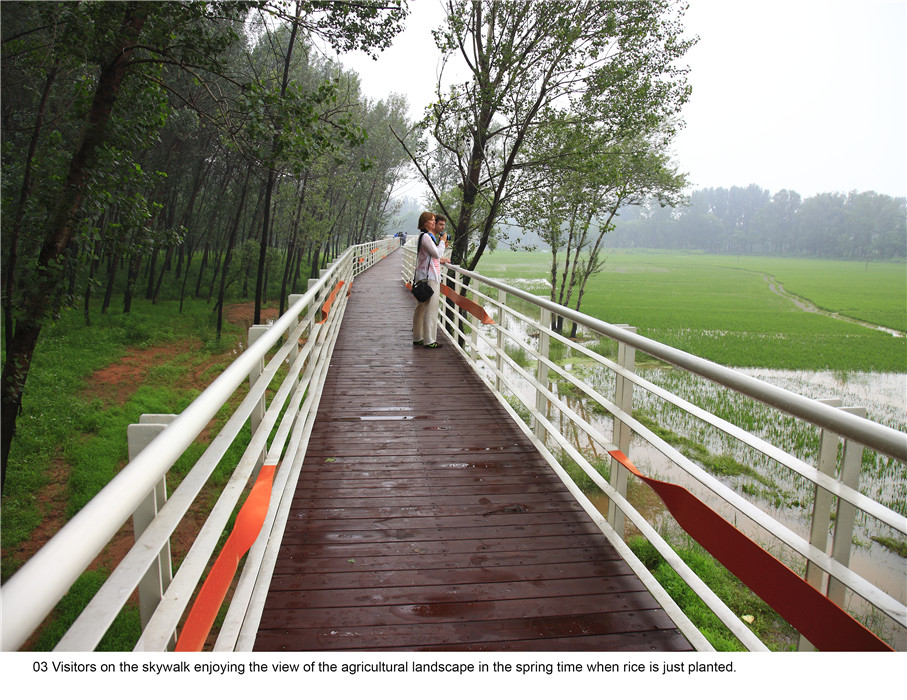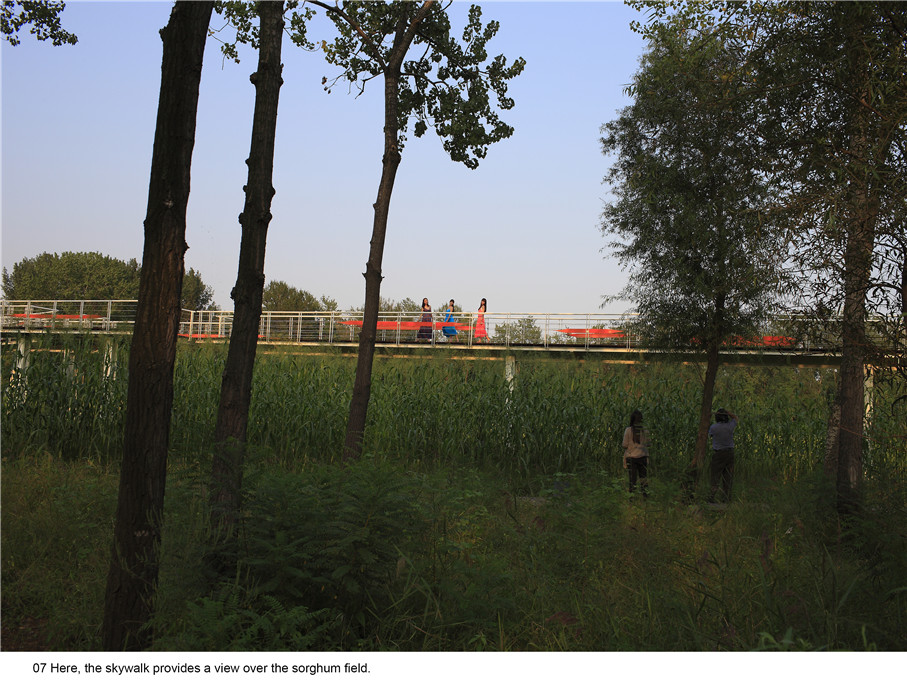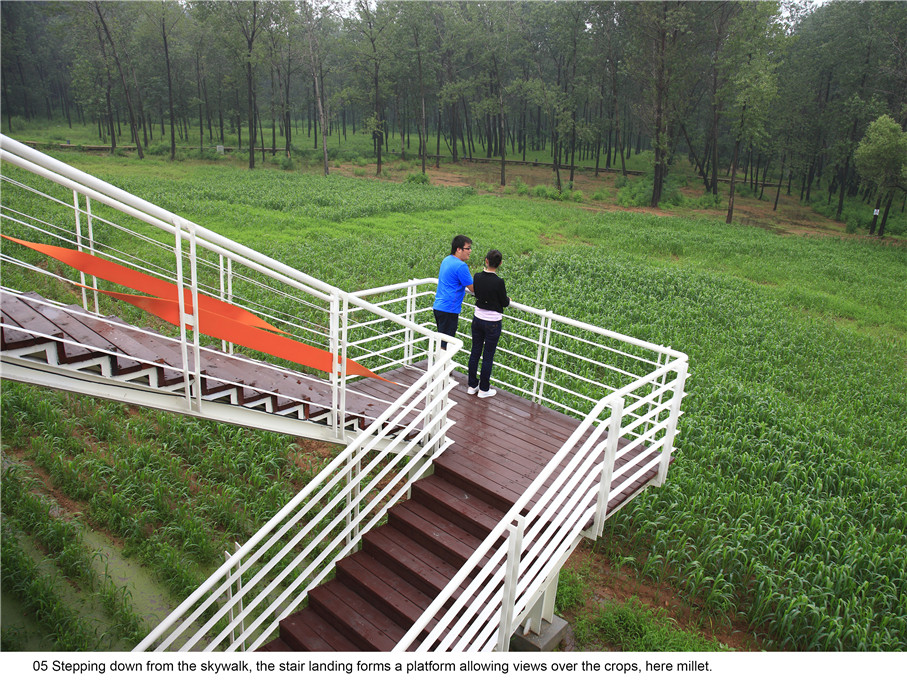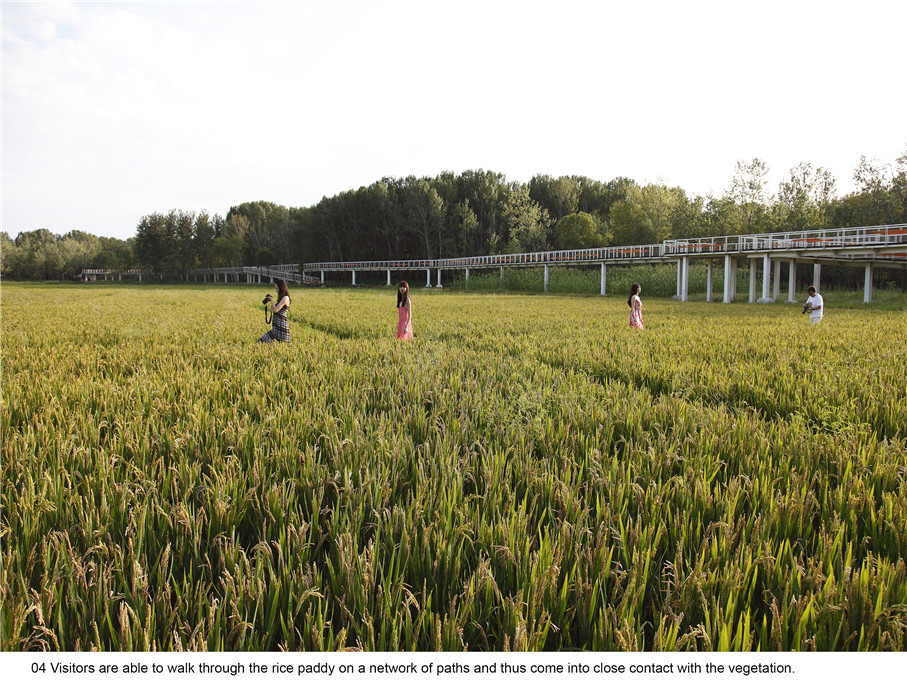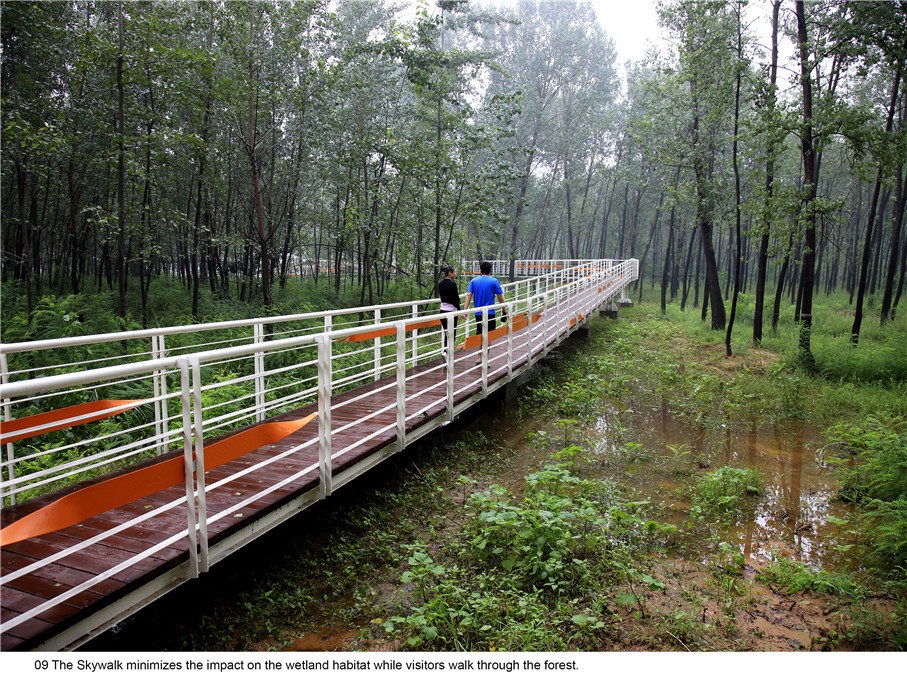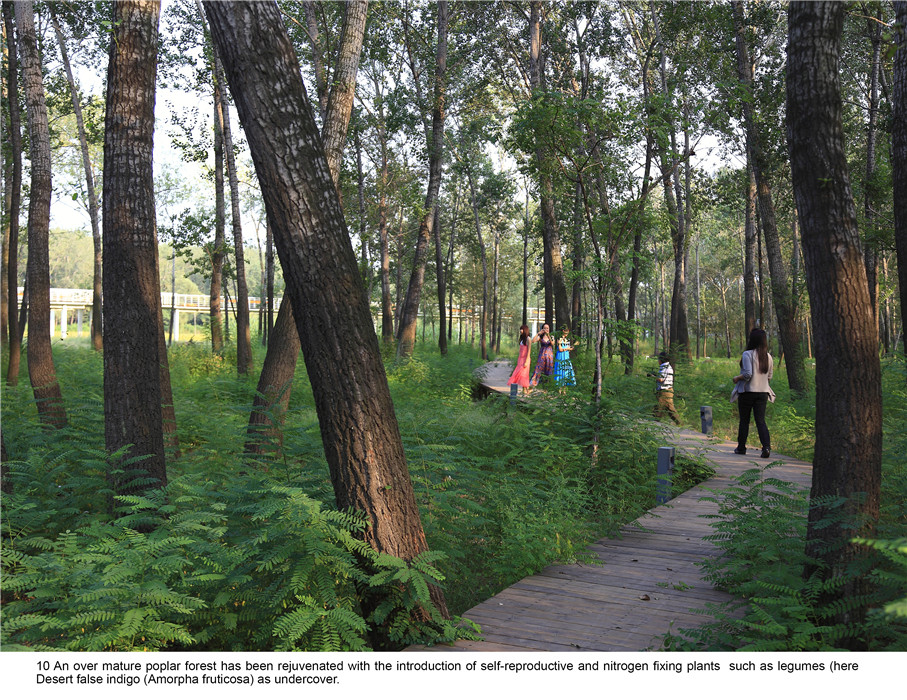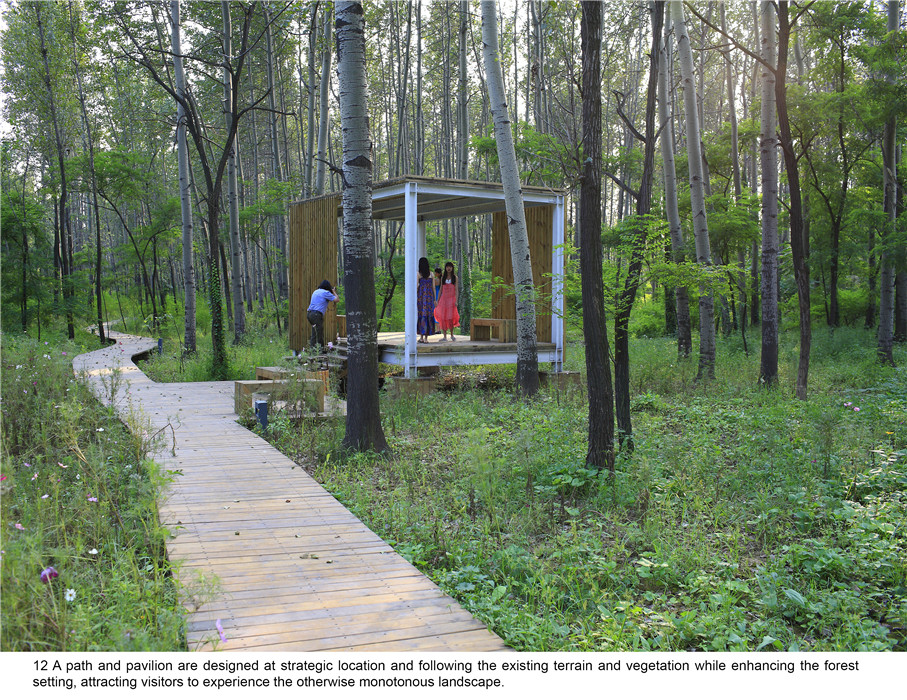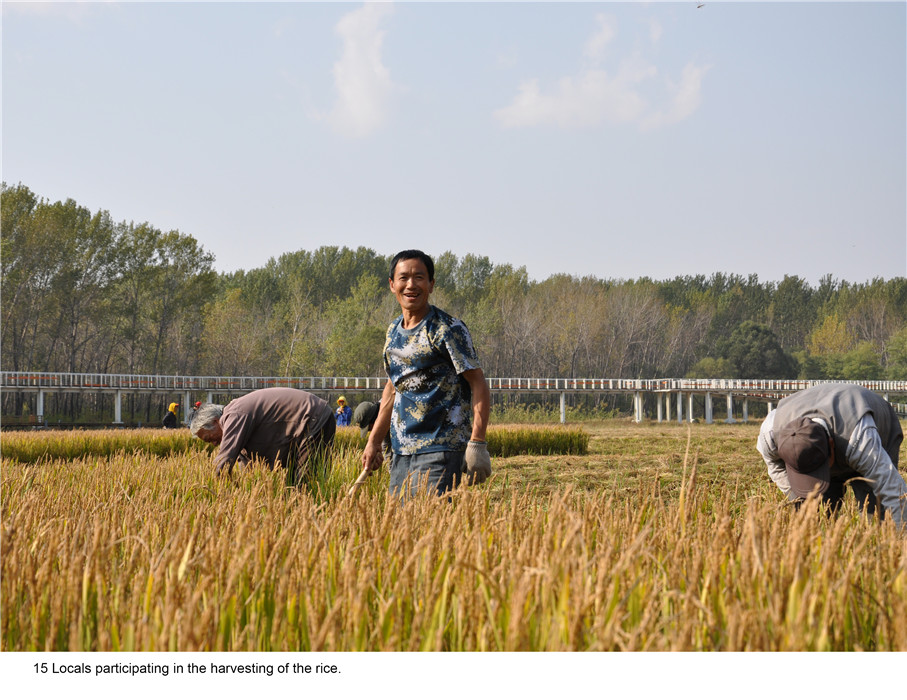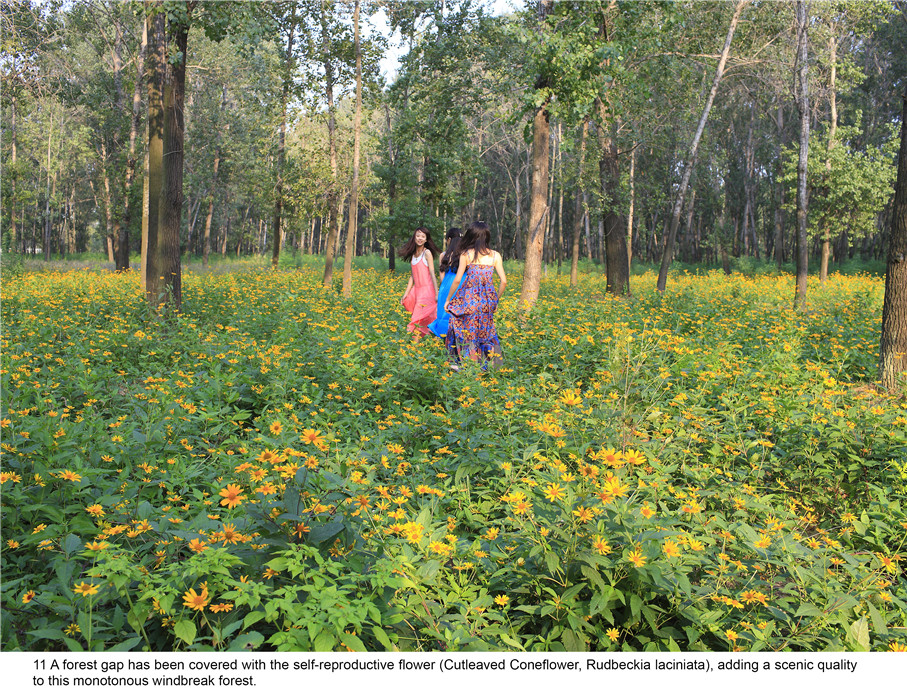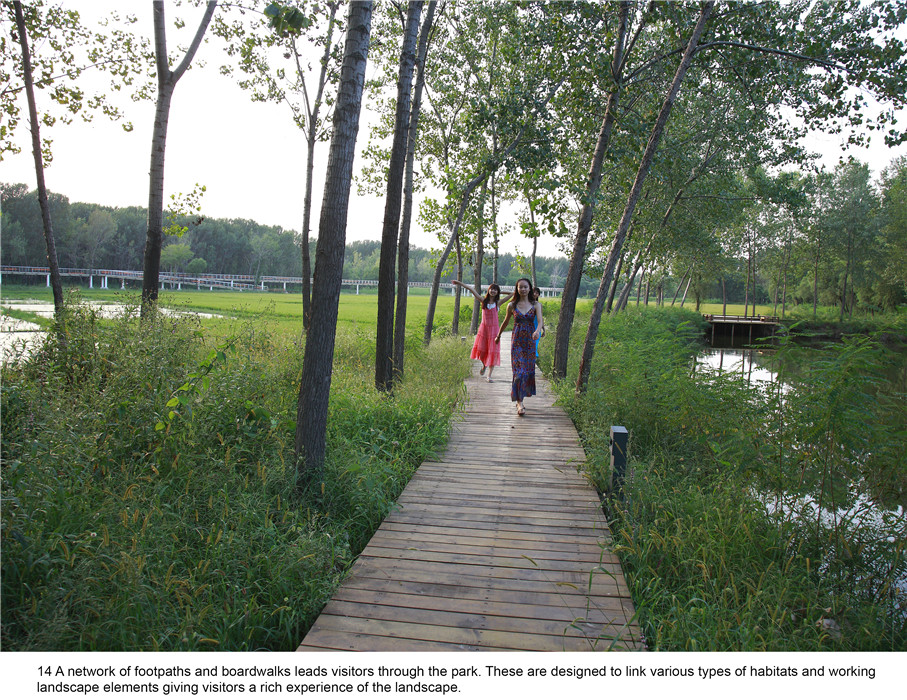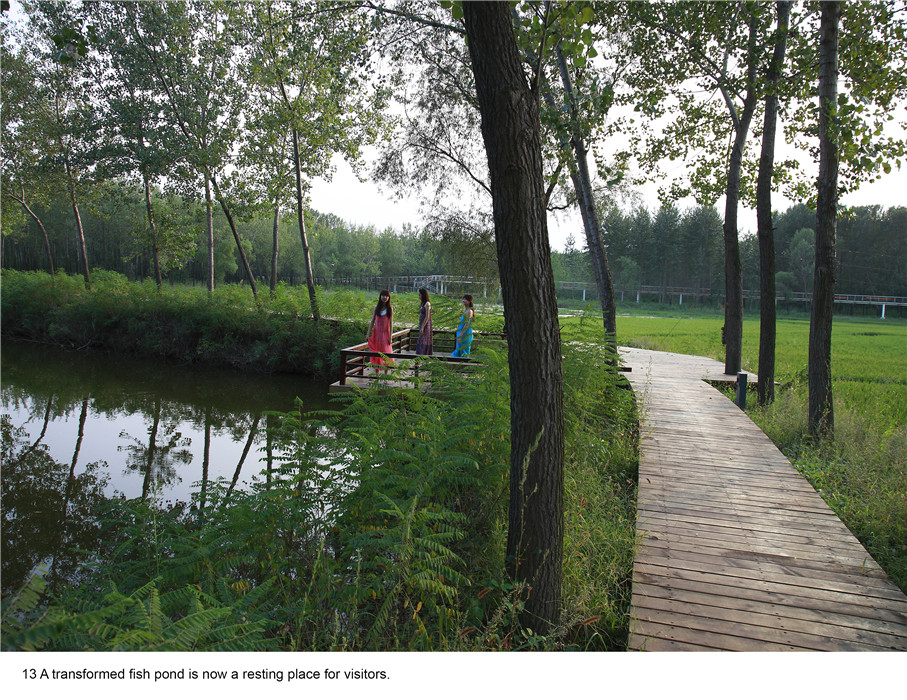Qinhuangdao Forest Park
Project Information
- Project Location:
- China Qinhuangdao, Hebei
- Project Scale:
- 233 Hectares
- Design Time:
- 2010
- Build Time:
- 2011
- Related Papers
Project Profile
1. Project Statement
With a minimal intervention strategy and using "landscape acupuncture" design technique, an ordinary tree plantation started in the 1950s and serving as a windbreak on an abandoned farm, has been transformed into a lively urban park, which will provide multiple ecosystem services including food production and storm water management. It will also serve as a habitat for a diverse flora and fauna and provide recreational and aesthetically pleasurable experiences for its visitors.
2. Objective and Challenge
The Qinhuangdao Forest Park, 233 hectares (576 acres) in size, on the west coast of the Bohai Sea, is located in between two densely populated districts of Qinhuangdao, a beachside renowned tourist destination in northern China. The whole area was afforested in 1950s to form a windbreak, transforming coastal sand dunes into a green wedge for the city that also protected the coastal land and railroad from erosion by the sea. It was a uninteresting tree plantation dominated by fast growing wood species, mainly poplar (Populus tomentosa and Populus Canadensis) and black locust (Robinia pseudoacacia). Dotting the Forest Park are fish ponds and rice paddies, most of which have been abandoned since this area was designated as a national forest park in 1993.
The objective of the project was to transform the over mature and monotonous windbreak forest into a scenic urban park, providing recreational and aesthetic experiences for the local residents. Further, the fish ponds and agricultural land were to be made into functional public spaces. The windbreak plantation was to become accessible and interesting so that it can be approached and enjoyed by the visitors.
The challenges of the site include: (1) How to enrich and rejuvenate the monotonous and over matured forest plantation so that its scenic value and ecological diversity can be improved; (2) How to transform the fish ponds and agricultural land into functional public spaces; (3) How to make the windbreak accessible and attractive so that it can be approached universally by the visitors, and finally, (4) How to transform a landscape at such a large scale within a limited budget and timeline.
3. Design Strategy
The key approach is what the landscape architects call “Landscape Acupuncture”: the identification of critical points and positions and the use of minimal interventions to dramatically change the landscape. These interventions comprised the following four measures:
(1) The existing farm (growing rice, wheat and other crops) of 5 hectares was transformed into an urban farm which will involve the local communities in the production process. A skywalk and boardwalk is built at the edge of the farm allowing visitors to enjoy the scenic farmland and observe the working landscape in all seasons.
(2) The abandoned fish farms were used for the construction of wetlands which will catch stormwater and enrich biodiversity in the park. Lotuses and various wetland plants are grown to create a beautiful landscape. Some fish ponds are made more accessible by boardwalks and platforms, providing opportunities for sports fishing in the park.
(3) The forest landscape was enriched by introducing self-reproductive wild flowers in the forest gaps and along the paths.
(4) A network of footpaths and boardwalks leads visitors through the park. These are designed to link various types of habitats giving visitors a rich experience of the landscape. Pavilions and platforms at strategic places give the park identity and points of orientation.
4. Conclusion
By these ‘landscape acupuncture’ elements, the formerly monotonous windbreak and abandoned farms have been successfully transformed into a landscape that functions as an urban park and urban farm, providing multiple ecosystems services, and attract tourist visitors, as well as local people who can enjoy working in the park as a community gathering place.
